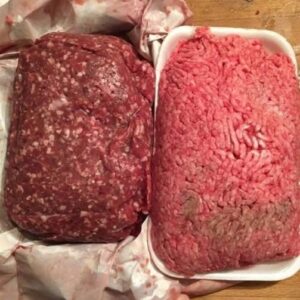
When selecting the type of beef to purchase, the choice holds considerable importance, affecting not only flavor and quality but also health and ethical implications. The distinctions between commercially available and farm-raised beef extend well beyond mere aesthetics, influencing both individual health and environmental sustainability. This article explores the fundamental differences between these two options, providing you with the insights necessary to make more informed and advantageous decisions. Commercially available beef is often characterized by its lighter, pinkish hue—a quality not naturally present in the meat. This coloration is achieved through the application of preservatives and additives, such as propyl gallate, which are intended to extend shelf life and improve visual attractiveness. Nevertheless, while these substances fulfill their intended roles, they also introduce artificial components into the meat that you consume.



